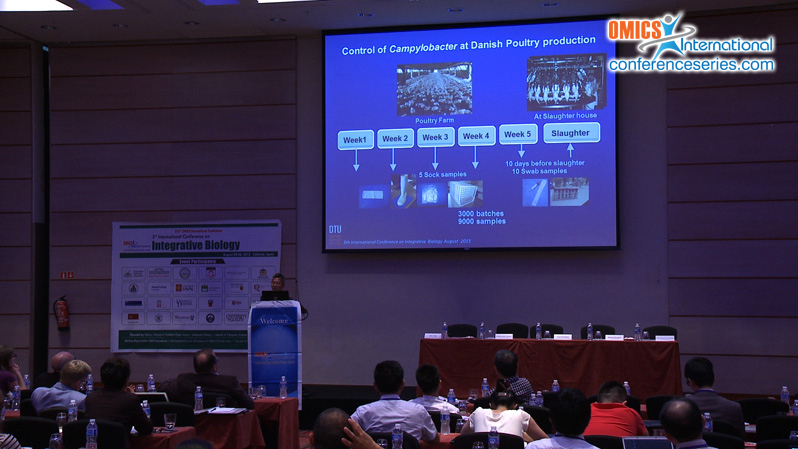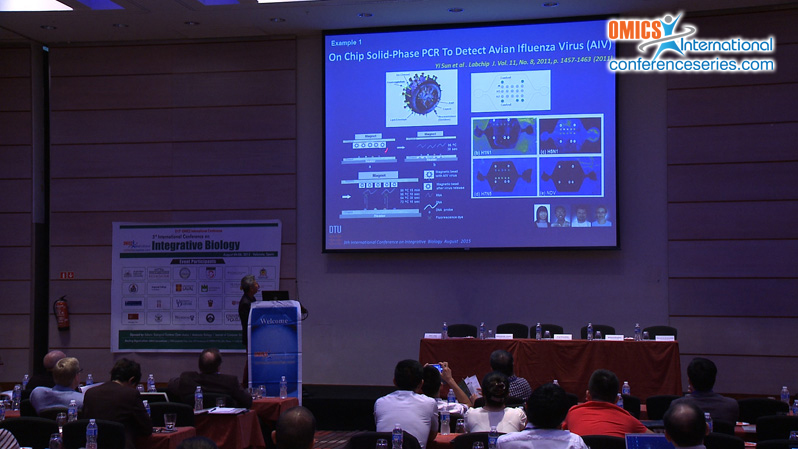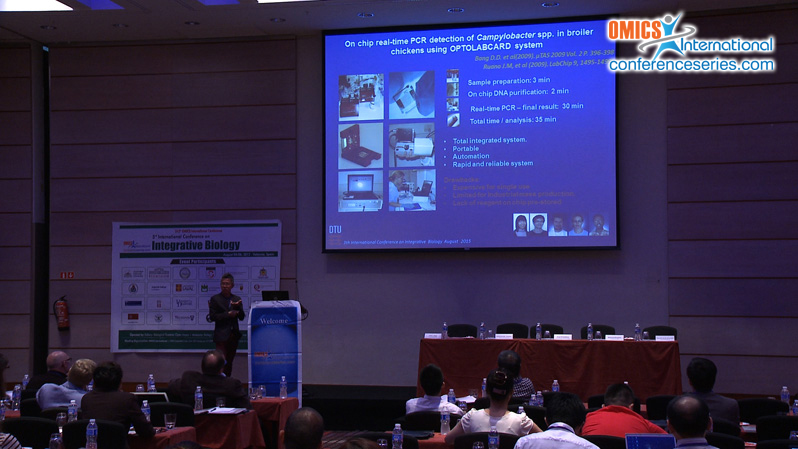
Dang Duong Bang
Technical University of Denmark, Denmark
Title: Towards a total integrated Lab-on-a-chip system for food safety
Biography
Biography: Dang Duong Bang
Abstract
More than 200 known diseases transmitted through food and food products. In 2011, USA Center Diseases Control and Prevention (CDC) estimated that 1 in 6 Americans (48 million people) get sick with food borne diseases, resulting in 128,00 hospitalization and 300 deaths. The the globalization of agro-food trade is becoming more and more elongated. Foods move across borders and continents in shorter time frames. Consequently, contaminated foods have often been consumed before authorities. Conventional culture methods have been the main workhorses for food safety control, they are expensive, time consuming require sample treatment and inability for onsite testing therefore establishing traceability via cost-efficient rapid and accurate methods for detecting of foodborne pathogens in the entire food chain are urgent need. Micro-fabrication and miniaturisation of biological assays in a so call Lab-on-a-Chips (LOCs) have well known advantages such as greatly reduced reagents consumption, shorter times, faster mixing, high automation, high-throughputs, all leading to reduction of costs .LOCs have been applied in many different contexts (genomics, proteomics, cellomics, immunology etc). However, the fully integrated Lab-Chip remains the main challenge. Recently, via number of national and EU funded projects different total integrated LOC systems for at site rapid detection and identification of food-borne pathogens were developed at DTU. By integrating all the steps from on chip PCR reagents storage, sample preparation to PCR detection in the LOC systems, the pathogens can be on-line or at site rapid detection and identification at sub-species.





